All about the Sakhalin rainforest
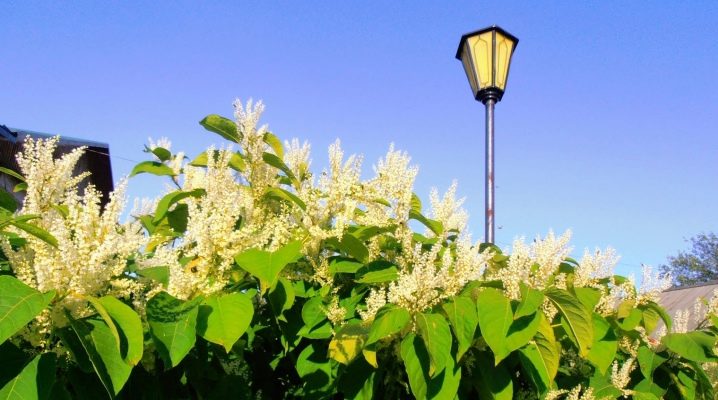
While some gardeners are diligently getting rid of the Sakhalin rainforest, others are growing this lush giant to decorate the site. In principle, it turns out to be much easier to care for a culture than to destroy it.

Description
Reinutria Sakhalin is herbaceous perennial, it is a representative of the buckwheat family. The culture also appears under the names Sakhalin mountaineer, Far Eastern bamboo, Siberian bamboo and others. This plant looks like a lush and rather tall shrub, although, in fact, it is a grass. The height of the perennial reaches from 2 to 5 meters. The vertical, hollow stem with a smooth greenish surface is covered with plump internodes.
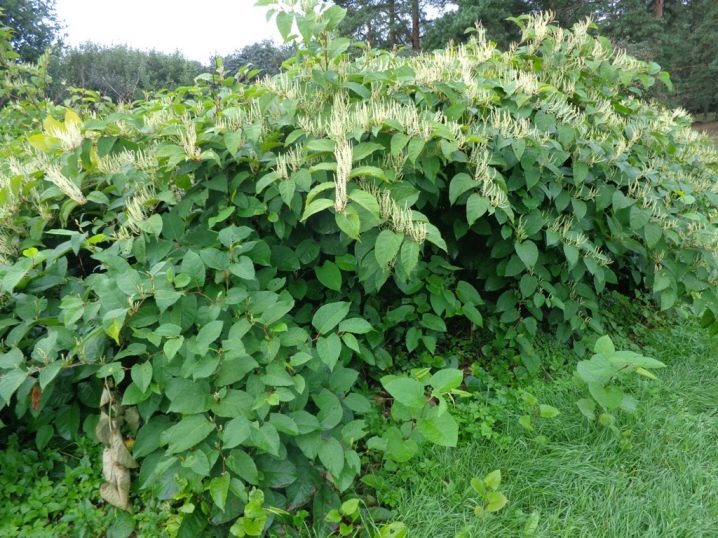
A powerful root system is characterized by the presence of horizontally creeping roots.
The leaf blades are 15-30 centimeters long and 7 to 25 centimeters wide. Sharp leaves with a cordate or rounded base are sometimes covered with short hairs. They can be either evergreen or deciduous. Small creamy flowers form paniculate inflorescences. They, in turn, are collected in bundles with a length of 3 to 8 centimeters.
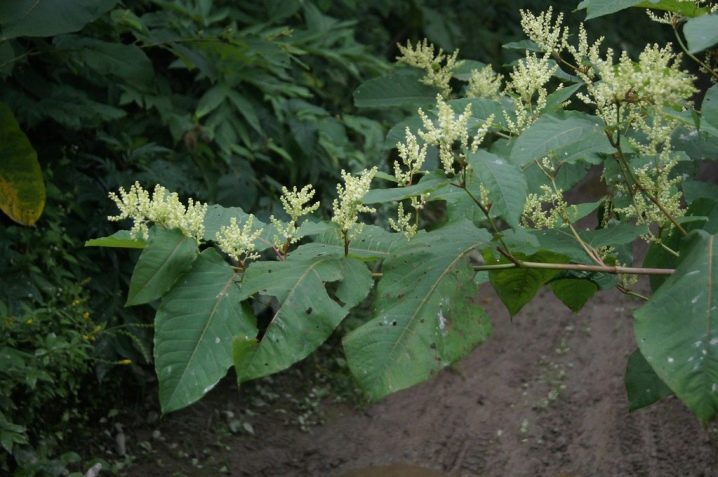
The fruits of the Sakhalin Reinutria are dark brown glossy nuts with three sides and a sharp tip, reminiscent of buckwheat grains. The flowering culture takes place from August to September, after which the fruit ripens immediately, lasting until October. In autumn, the aboveground part of the plant dies off. The rhizome hibernates quite successfully in the soil, after which new shoots sprout from it next spring.
Siberian bamboo can play the role of both a malicious weed and an ornamental plant, decorating lawns, ponds and hedges. Fresh and boiled leaf blades can be eaten. In addition, the Sakhalin mountaineer is often used as feed for farm animals. The extract from the leaves of Reinutria is usually used for tanning leather. In addition, the culture is a honey plant.
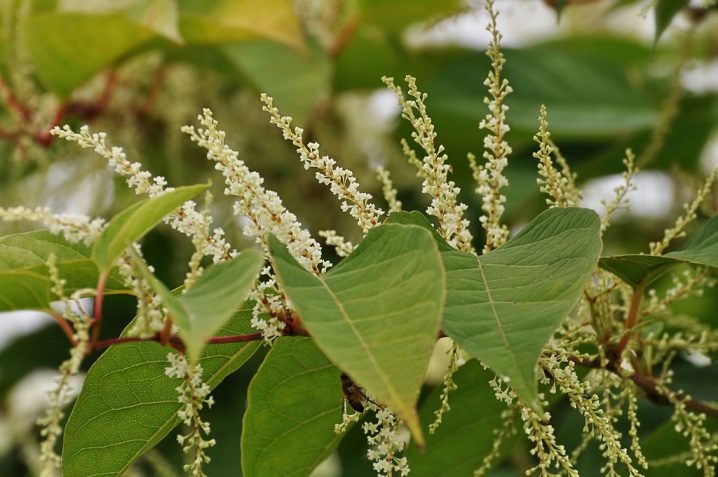
More than 300 varieties of the Sakhalin mountaineer are known, but only 20 of them can be grown on the plots. For example, noteworthy is the low "Aubert" with a pleasant smell, white petals and pink perianths. The "Baldzhuan" highlander, which looks like a liana, is recommended for breeding in severe winters. The "candlestick" rhine is covered with beautiful pink-lilac inflorescences, while the "eastern" one has a red color of the petals. Weirich can bloom for almost 6 months. An interesting variety called "Related", which forms dwarf bushes with brownish inflorescences.
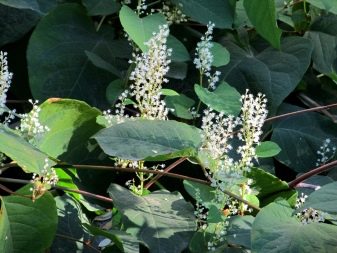
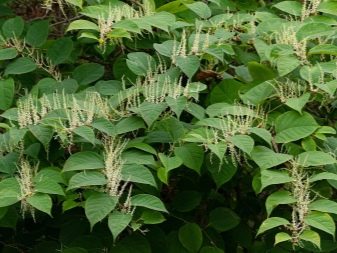
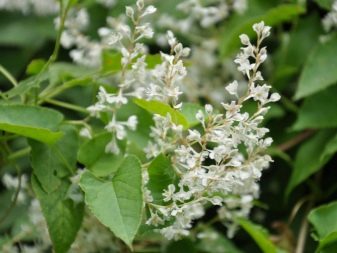
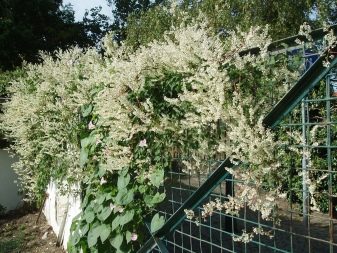
Spreading
Sakhalin buckwheat originates on the territory of Sakhalin, from there one of its names went. At the beginning of the 20th century, the culture was introduced to Europe, where it quickly gained popularity among gardeners. Today, it grows in its natural environment on Sakhalin, the Kuril Islands and in some regions of Japan. In nature, the plant prefers to "settle" on rocky surfaces, hills and mountains.
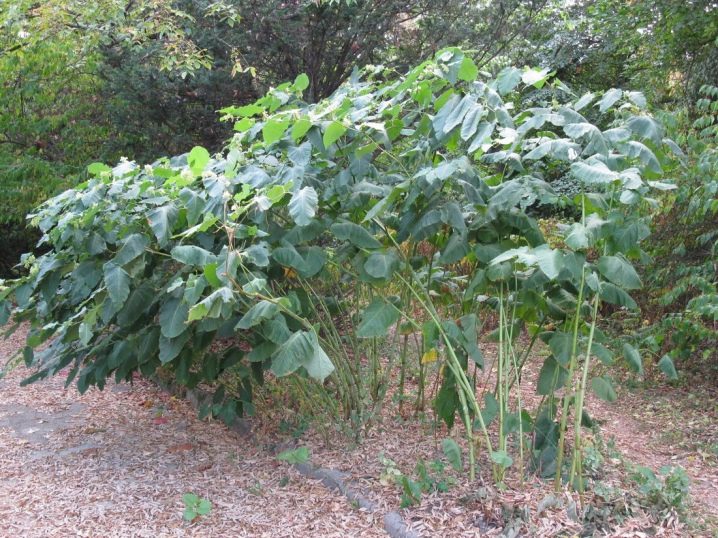
Planting and leaving
Far Eastern bamboo should be planted in a constantly lit and free area, which will be convenient to quickly remove young growth, thereby restraining the spread of culture. It is recommended to immediately create a barrier to the growth of the root system so that its processes cannot move horizontally.This is done as follows: rectangular fragments of slate, boards or sheet metal are selected, which are then buried vertically to a depth of at least 40 centimeters.
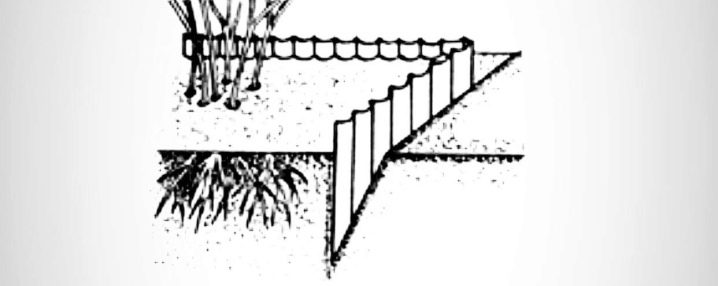
It should be mentioned that a highlander, planted in sunny areas, grows as much as possible and is covered with large leaf blades and spreading inflorescences... If you plant a crop in partial shade, then the bush will be more compact. Reinutria, located on the north side, does not exceed 1 meter in height, is covered with miniature leaves and does not even always bloom. In the first year after disembarkation, the trunk is extended by almost 1 meter. In the second or third year, the culture is already able to reach 3-4 meters. Buckwheat is capable of growing on all types of soil, but it thrives best on leafy soils that form under broadleaf trees.
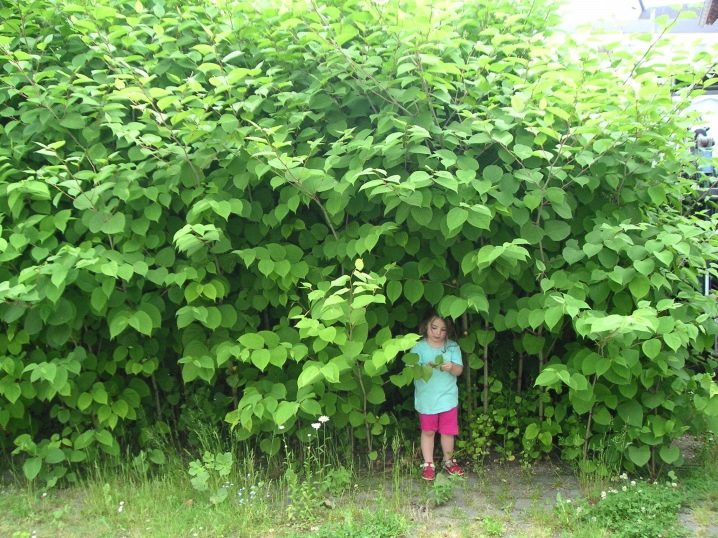
A bush planted near a compost heap will develop well.
Buckwheat is grown in seedlings. Sowing seeds is carried out in March or even early April. In a container filled with nutritious and well-moistened soil, they should be spaced 10 centimeters apart. In principle, it is not forbidden to immediately distribute the seed hardened for 1-2 months in the peat pots. The first shoots of the rainnutria should appear a week or two later. Their picking is carried out upon the appearance of a pair of leaves.
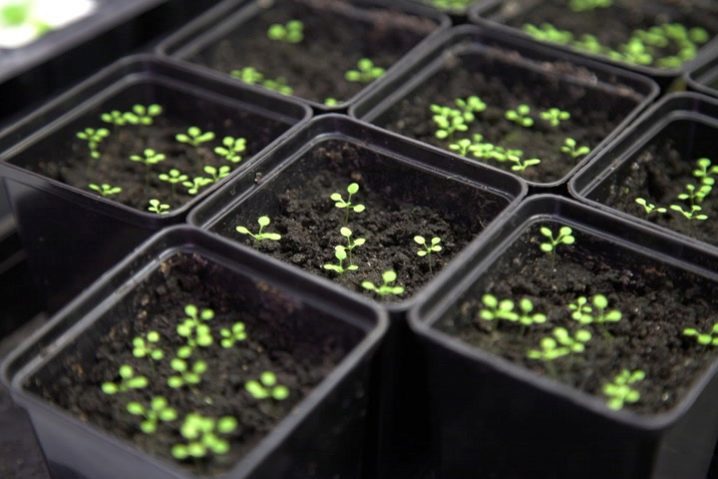
While the seeds of the plant are sprouting, they need to be watered every day, and for small seedlings, irrigation, arranged every 3-4 days, will be enough. The growing plants will need to be fed three times with a complex fertilizer such as "Kemira", diluted in water according to the instructions. Over the next weeks, the seedlings will have to get stronger, and in early June they can be taken out into the open ground. It is important to carry out the procedure when the threat of return frost becomes zero. The distance between individual seedlings should be kept equal to 12-15 centimeters.
It should be mentioned that if a decision is made to plant seeds immediately in open ground, then a gap of 10 centimeters will need to be maintained between them.
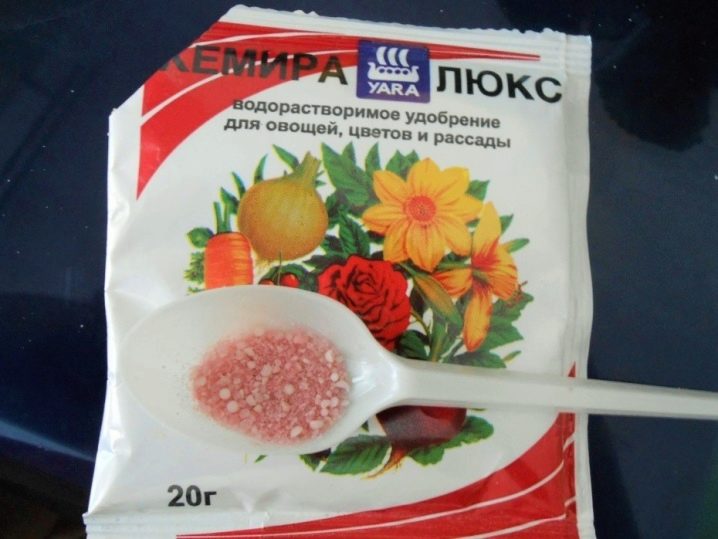
Being essentially a weed, which means an absolutely unpretentious plant, Siberian bamboo requires minimal care. The plant will need to be irrigated regularly, as well as fed twice a season with organic matter such as grass compost and humus, or mineral complexes. Buckwheat accepts humus added to the soil well. Since the plant does not like heat, but loves moisture, it will feel good in damp lowlands or near water bodies. Before wintering, the entire above-ground part of the bush is cut off. Old stems are easy to remove by simply breaking them out of the ground.
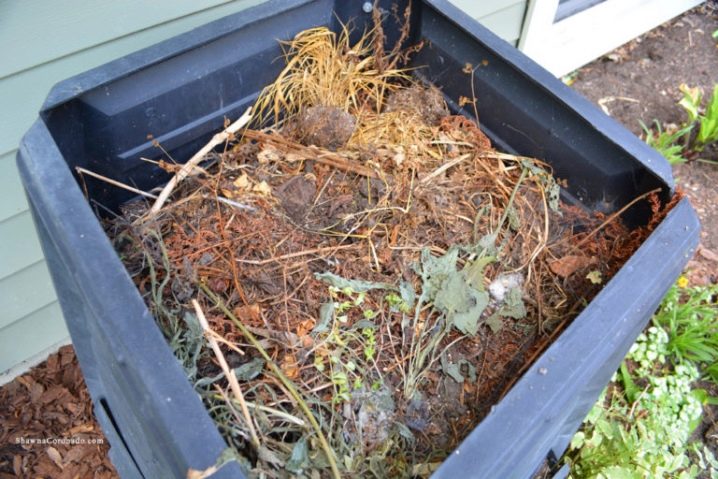
In the future, after winter drying, they can be used to garter other crops, for example, flowers or peas.
It should be noted that self-cultivated rainnutria does not require digging and weeding of the land before planting, it is not afraid of dry periods and low temperatures. The plant does not suffer from pests or diseases. If you burn the aerial part cut off in the fall, you can get a nutritious fertilizer saturated with potassium and phosphorus. However, you should not plan it on the site if the gardener does not have the opportunity to constantly weed the beds and control the growth of the bush. Regular pruning of Sakhalin bamboo is required.
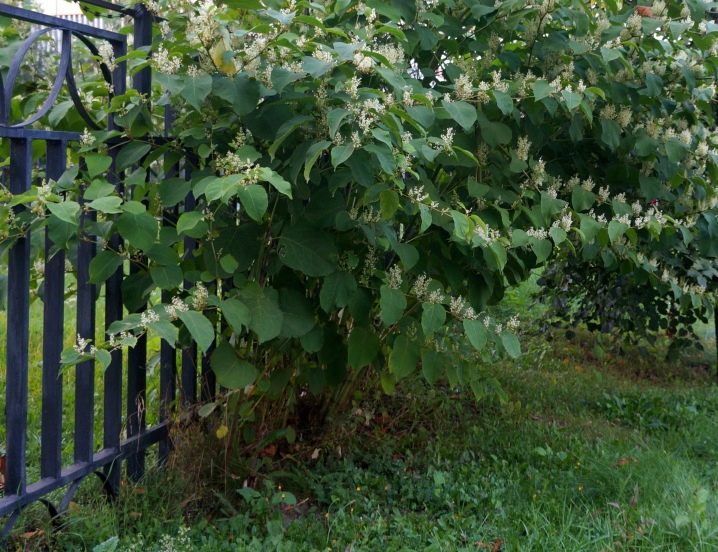
Reproduction
It will be possible to propagate the Sakhalin rainforest in several ways. You can use seeds that are planted either for seedlings or immediately in open ground. You can even sow them before winter, but they will germinate only at temperatures from +20 to +25 degrees. However, the seed method is far from the most popular, since, due to late flowering, buckwheat seeds usually do not have time to fully ripen.
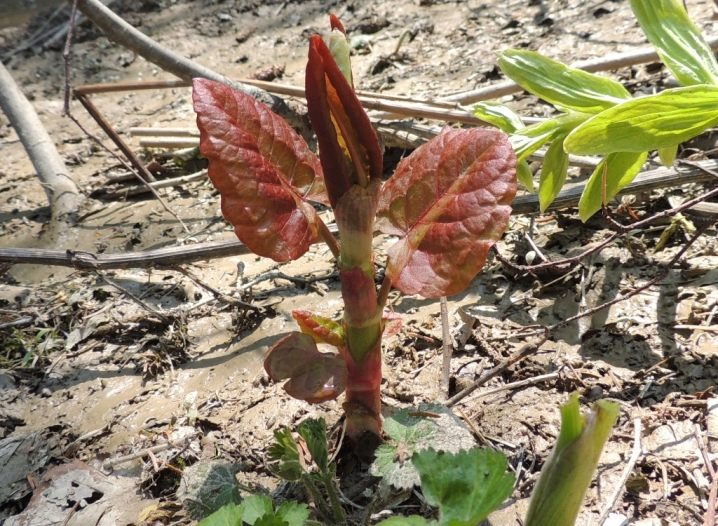
The bush tolerates division well: for this, a part of its rhizome is dug up in the fall, which is then transferred to a new place and thoroughly irrigated. The new rhizome will strengthen for a whole year, and then the plant will throw all its strength into the formation of a bush. It also turns out to completely extract the plant from the ground, divide it with a shovel into several parts and plant the cuttings. After a while, kidneys should appear on these parts.
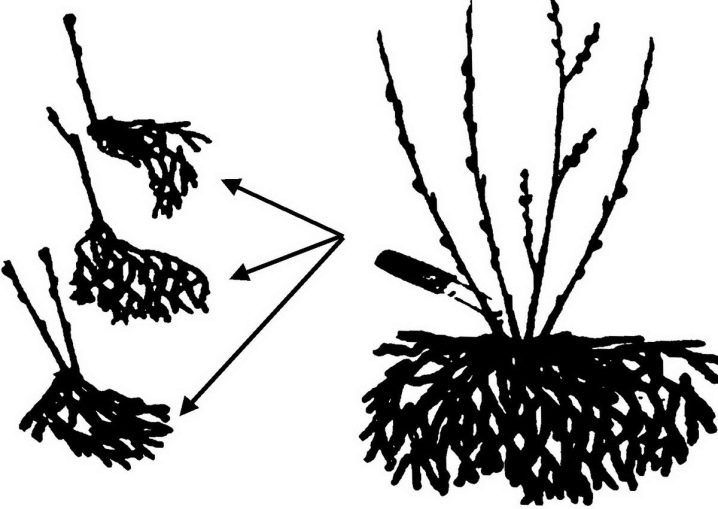
Finally, the mountaineer can be propagated by cuttings. This procedure is carried out either in the spring, when the buds have already formed, or at the beginning of autumn. The part of the branch on which there are more than 3 growth points should be cut off. The workpiece is placed in water at room temperature, and after the roots appear, it is transferred to the open ground.
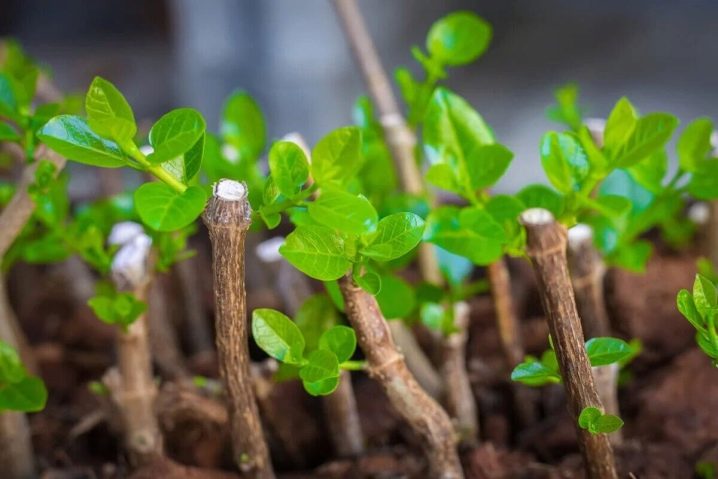
In principle, it is possible to carry out and digging in the shoot in the fall or spring. For this, a healthy and strong branch of the re-interior is tilted to the ground and securely fixed with a bracket. If necessary, it is also sprinkled with earth. The seedling will need to be periodically moistened, and then roots will appear very soon.
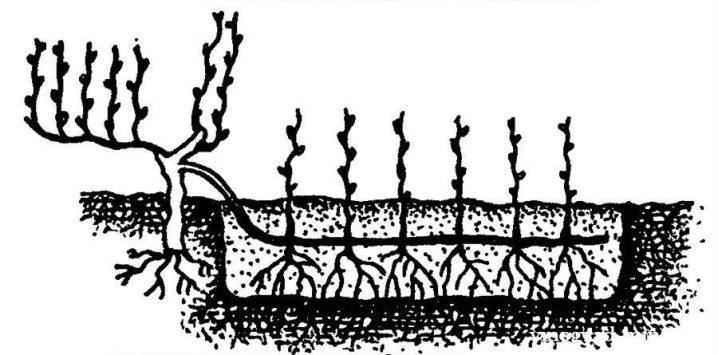
Once the new plant is rooted, it can be detached from the mother bush.
How to get rid of?
How to destroy Far Eastern bamboo is just as important to know as how to grow it. If the culture grows uncontrollably, the roots of the weed will begin to oppress the root systems of garden and horticultural crops. As a result, the latter will either stop yielding or die altogether. Since buckwheat needs moisture, having grown, it can dry out the soil, leaving nothing to its "neighbors". The creeping roots of the mountaineer are able to draw out all the nutrients from the soil.
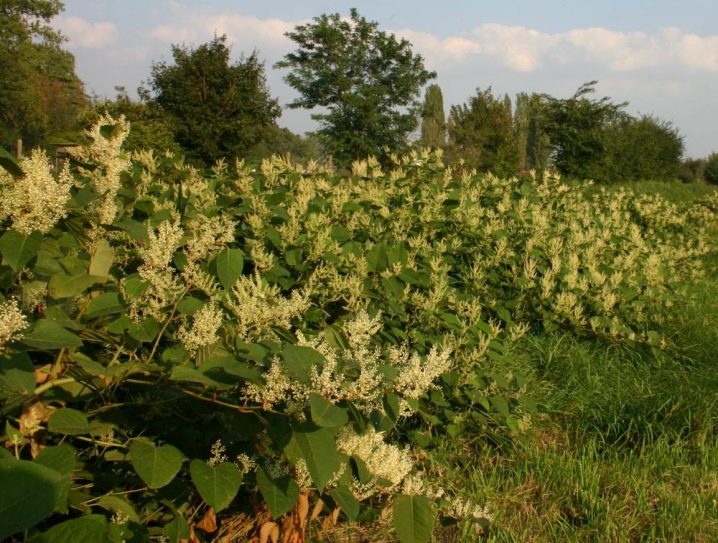
It is almost impossible to weed out by hand, because even the smallest piece of root left in the soil will give life to a new shoot. Moreover, the more often the weeding is carried out, the more the re-interior grows. To obtain the desired result, it is recommended to control the culture with the help of herbicides containing cletodim. Control the spread of the bush will allow drugs "Monitor" or "Glyphosate", which are introduced into the soil either in early spring or in late autumn. Quite effective Roundupsprayed from above and reaches the root system in 6 hours. A similar ability to dry the weed has and "Hurricane".

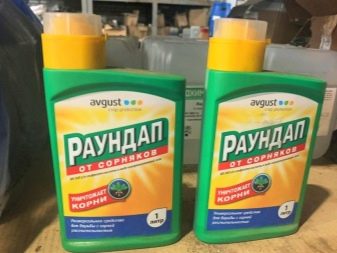
The continuous action herbicide "Agrokiller" receives excellent reviews... They will have to process all plants with a stem height of 10 centimeters or more. A solution is prepared from 50 milliliters of the chemical and 3 liters of water. For the complete destruction of the weed, the procedure is carried out about 4 times.

As for mechanical methods of weed control, you can try to deeply embed the rhizomes into the ground while digging the soil or plowing. Dahlias planted nearby are capable of oppressing the culture.
It is possible to completely prevent the appearance of a rainhole on the site. Alternatively, for this you will have to cover the empty areas with pebble stones or at least chips. Weeds will not be able to germinate on paths protected with geotextiles. Perennials are prone to worse development if mustard or oats are sown on the site in early spring. After them, the ground must be dug up and cleaned of dead shoots and roots. All bald spots and voids on the site are also recommended to be planted with crops that cover the soil: cloves, bryozoans or loosestrife, which will stop the development of highlander seedlings.


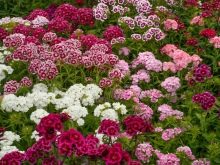
It is advised to place Siberian bamboo only from the side of the street or outside the fence, looking at the road, and in no case to the neighbors... If the fence is deepened enough, the growing roots will not be able to get into the area where they will harm. On a spacious plot, it will be correct to allocate a separate area for Siberian bamboo, for example, near an artificial reservoir.
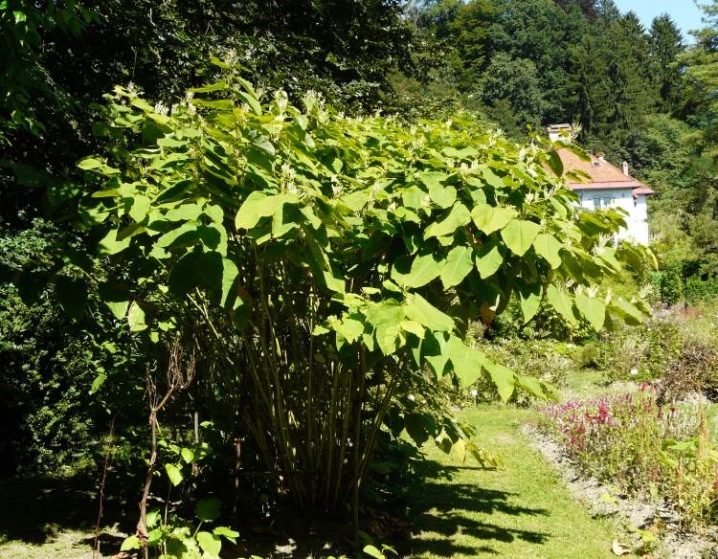













The comment was sent successfully.